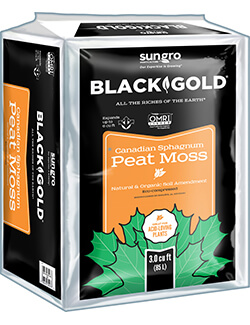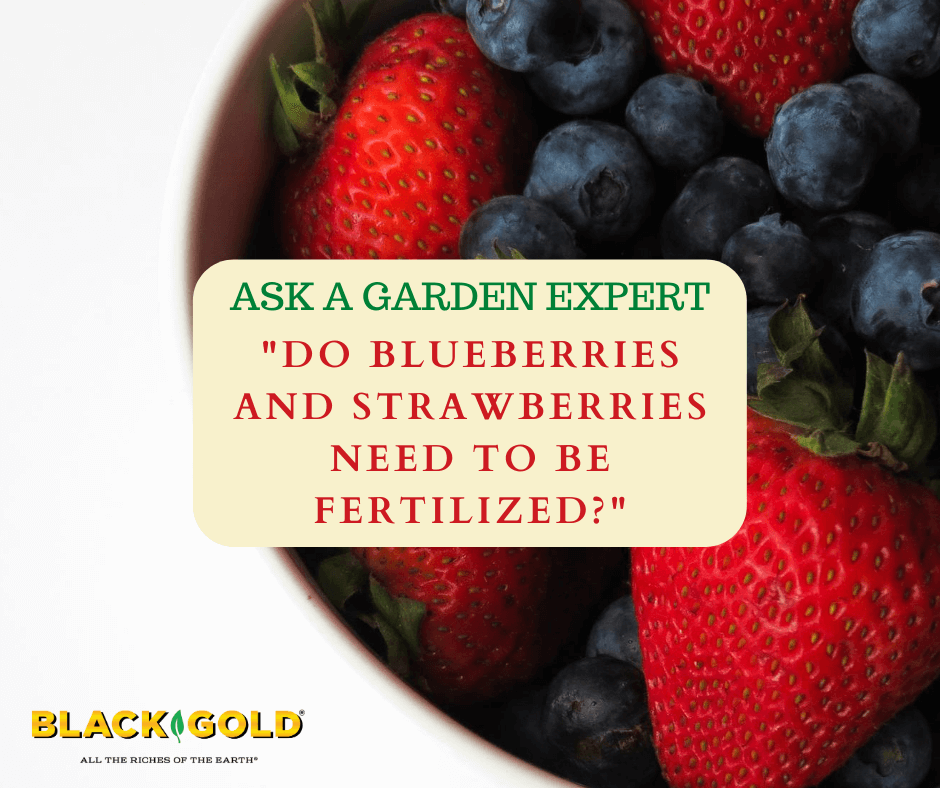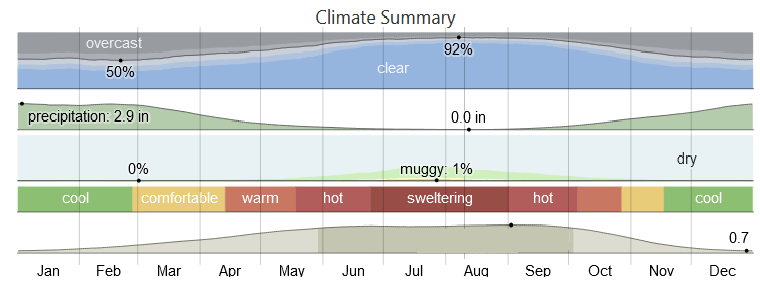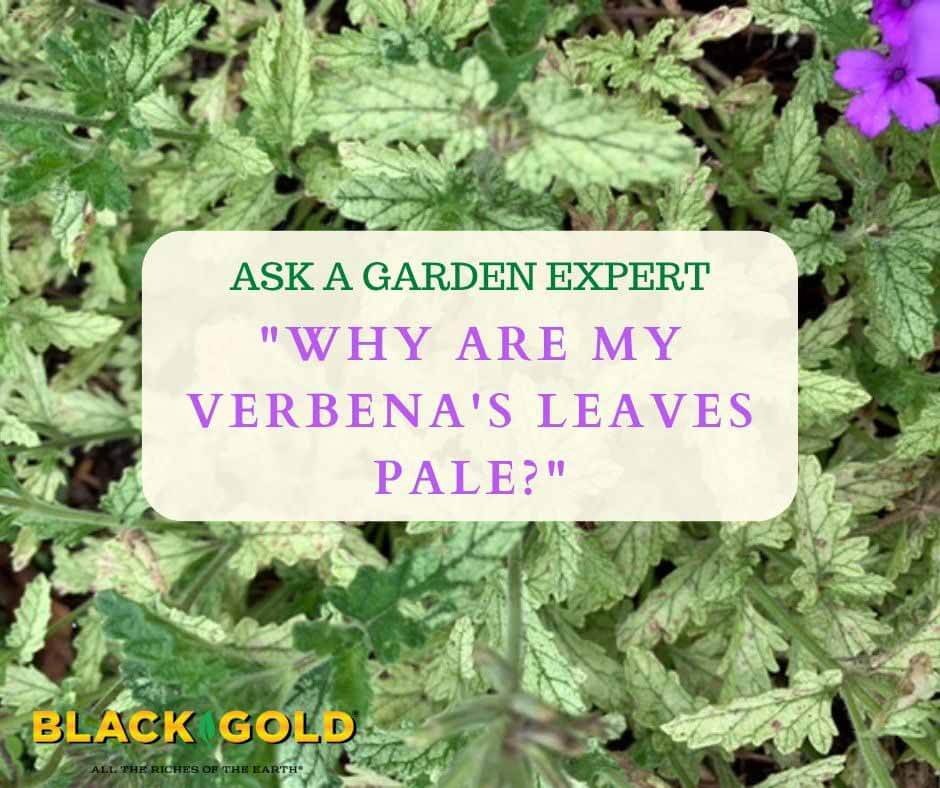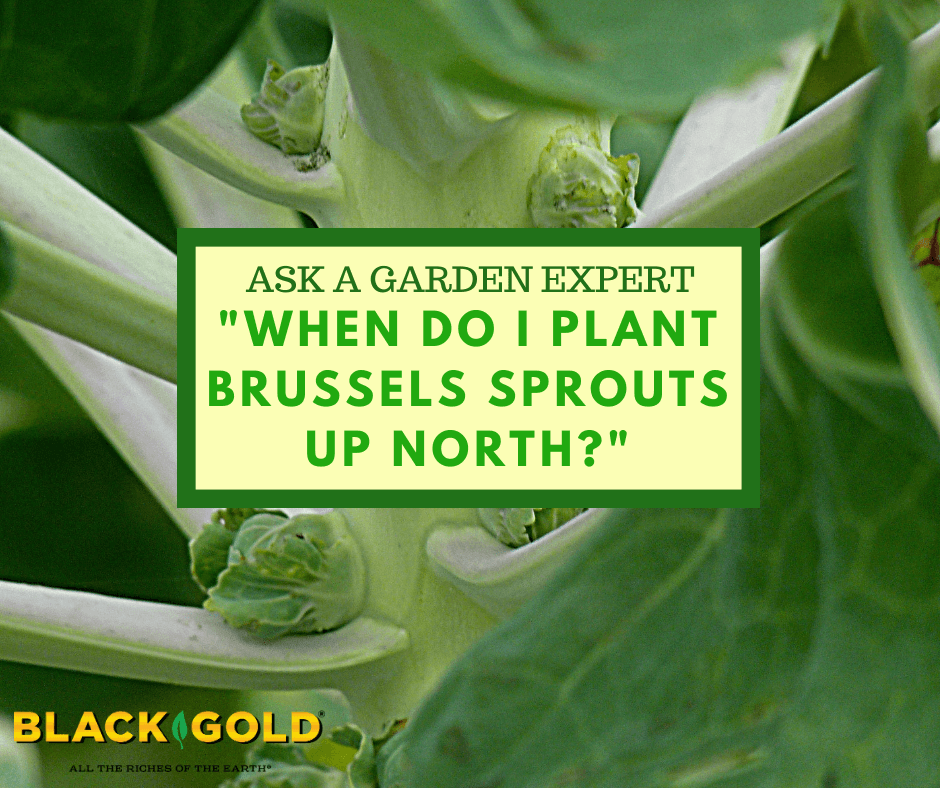
“How long should I keep my pineapple plant in water before planting?” Question from Daniel of Omaha, Nebraska
Answer: It is always fun to start your own pineapple plants from tops! And, if you give them the right care, they may even produce fruit for you–even more exciting! You will know that your top is ready to plant when it has developed roots that are 2 to 3 inches long or longer. To plant it correctly, follow these steps.
How to Plant and Grow a Pineapple
- Prepare your pineapple top for planting after it has developed roots that are 2 to 3 inches long or longer.
- Choose a pot that has drainage holes at the bottom and is at least 8 to 10 inches across.
- Use a fast-draining planting mix suited for bromeliads, like pineapples. Black Gold Cactus Mix is a good choice.
- Fill the pot with soil until there are 4 inches of headspace at the top. Place the pineapple top in and cover its roots–being sure to leave 2 inches of space at the top of the pot for watering.
- Water your pineapple until water runs through the pot and fills the saucer at the bottom.
- Place your pineapple in a sunny spot indoors. Water it every three days or so.
- After one week, feed it with a water-soluble fertilizer formulated for bromeliads. From there, feed it monthly.
Pineapples grow best in warm rooms (65 to 95 degrees Fahrenheit) with good humidity. Occasionally spritzing the leaves with bottled spring water can be helpful. Once your plant begins to grow and fill out, it may take several months to a year before it sets fruit.
Happy gardening!
Jessie Keith
Black Gold Horticulturist



